Review: 2023 Volkswagen ID.4 AWD Pro S
If there’s one major change to know about the 2023 VW ID.4, it’s that the electric people-mover is now made in America. Built in Zwickau, Germany, for the 2021–22 model years, ID.4s now come from the company’s massive Chattanooga, Tennessee assembly plant.
Why does this matter? Two reasons. First, it means continued eligibility for the EV tax credits laid out in the recent Inflation Reduction Act, which stipulates that in order for an EV to qualify for part of the $7500 federal tax credit, final assembly must take place in the U.S. EVs remain more expensive to buy than their gas counterparts, so automakers hoping to increase electric adoption are counting on every possible incentive to make these cars attractive. With the increased costs of batteries and other electronic components driving up prices, it’s an uphill battle.
In more tangible terms, domestic production means the ID.4 benefits from a handful of North America-specific tweaks. Compared to the German-built version from the last two model years, Tennessee’s ID.4 sports a larger center console—with an actual place to rest an elbow—that Big Gulping Americans will appreciate. A new, updated rear lighting design and illuminated badges front and rear also add some visual flourish to this generally good-looking compact crossover. For the uppermost Pro S Plus trim, VW added a useful 360-degree camera.
Specs: 2023 Volkswagen ID.4 AWD Pro S
- Price: $52,590 / $52,590 (base / as-tested)
- Powertrain: 82 kWh Lithium-ion battery, PSM permanent magnet synchronous front motor, ASM synchronous rear motor, single-speed transmission
- Horsepower: 295 hp
- Torque: 339 lb-ft
- Layout: Four-door, unibody SUV
- Weight: 4877 lb
- EPA-rated MPGe: 104 city, 93 highway, 99 overall
- 0-60 mph: 5.7 seconds
- Top speed: 112 mph
- Competitors: Hyundai IONIQ 5, Kia EV6, Ford Mustang Mach-E, Tesla Model Y, upcoming Chevy Equinox EV
At VW’s invitation, we headed down to Chattanooga for a spin in this made-in-America ID.4. An entry-spec, $38,790 ID.4 Standard comes with the smaller, 62-kWh battery and rear-wheel drive, offering 209 miles of range. Our test vehicle was an all-wheel-drive Pro S, which sports VW’s larger, 82-kWh battery—good for 255 miles of range. At $52,590 including destination ($3800 for AWD) this reasonably loaded trim is still cheaper than the most affordable Mach-E currently available on Ford’s configurator, which costs $56,275 for a rear-drive model with 247 miles of range. The lowest-price Model Y on Tesla’s configurator: an AWD model costing $67,190, with 330 miles of range. The ID.4 lines up as more of a direct competitor to the Hyundai Ioniq 5 and Kia EV6, with similar prices and range for AWD models.
Efficient packaging has long been a Volkswagen hallmark. In that respect, the ID.4 shines. It rolls on VW’s MEB platform, the modular, battery-powered bones that will underpin the lion’s share of VW’s future offerings. In an effort to expand the cabin area, VW’s designers pushed the front wheels as far forward as possible. Whether seated in the front or rear seats, all but the tallest inhabitants will find plenty of leg- and headroom for long trips. (The ID.4 does not have a frunk, however, because the primary HVAC module and some key driveline components occupy that space under the ID.4’s hood.) That runway-width center console, by the way, really does make a difference; you can rest your right arm during the drive with phones, wallets, and anything else smaller than a baseball mitt stored below.
With this in mind, it seems VW is hoping to position the ID.4 as a practical, economical value-play. From the company responsible for the Type 1 Beetle and the Golf, this is familiar territory, and it shows.


EVs are, however, new territory for most new-car buyers. Volkswagen says that 65 percent of ID.4 buyers are entering EV ownership for the first time. For many of them the driving experience will take some getting used to, but the ID.4 presents some particular hurdles. Acceleration isn’t one of them; our tester’s total system output of 295 hp and 339 lb-ft of torque is the most you can get on an ID.4 currently, and around-town driving is a cinch. Torque is right there where you want it, and the single gear ratio means no interruption in thrust.
It’s the braking that could use some refinement, specifically with regard to regen. (EVs recapture kinetic energy through braking and restore small amounts of battery charge.) The ID.4 offers two modes: “D,” which involves zero regenerative braking unless you’re applying pressure to the pedal, or “B,” which applies considerable braking force every time you lift off the accelerator. The former is best-suited to the highway, the latter to the city. In “B,” the calibration can shed speed at a rate roughly matching that of the gas cars hitting the brakes around you, but you can’t come to a complete stop without applying the brakes yourself, and there’s no hand-paddle as in the Chevy Bolt. Translation: no one-pedal driving. More crucially, you can’t adjust the severity with which the regen cuts in, so it’s all or nothing. Deceleration at highway speeds while in “B” can be seriously unnerving and unpredictable, and no two hard stops feel the same even when using the brake pedal.
The car’s fixed suspension dampers handle ordinary bumps well, and the ride is generally very forgiving over rough pavement. The quiet cabin adds some noticeable serenity to the ordinary driving experience. But tweak throttle or brake suddenly while entering a corner and you are presented with some strange-feeling body motions. After that happens a few times, you find yourself needing to be mindful of weight transfer in a way that doesn’t seem necessary in a mainstream compact crossover.

Which brings us back to VW’s value-play gambit. Even if the average ID.4 buyer has no sharply honed opinion on driving dynamics, they are certainly sensitive to the interactive user experience of a vehicle costing nearly $40,000 at minimum. Everyone is by now used to the incredible responsiveness and intuitive nature of smartphones, and VW’s 12-inch infotainment screen and tiny digital instrument cluster behind the steering wheel feel decidedly behind the times. Confusing user experience design choices abound in the ID.4. A few particularly noteworthy examples:
- To turn off the rather intrusive lane-keep assist, you need to dig a few menus deep in the car’s center screen to pull up a layout that depicts three cars on a highway. It’s not immediately apparent, but the next step is to touch the lane lines to conjure a digital toggle switch that can turn the lane-keep function on or off. If your commute includes city and highway streets, toggling in this manner will get old.
- There are two window switches on the driver’s door. They operate the front windows, unless you’ve tapped the word “REAR” on a space above the switches (there’s no actual button here), in which case the same switch opens the second-row window. Lazy hands will occasionally bump that touch-space without realizing it, and the result is opening the wrong window. An operation that takes one step with a dedicated switch instead takes two.
- Adjusting the volume requires tapping or sliding one of two touch-sensitive spaces below the primary screen. Occasionally, you might find yourself trying to steady your hand to toggle the aforementioned lane assist while on the go, and now suddenly EVERYONE GETS TO HEAR “HOT FOR TEACHER” AT FULL CRANK.
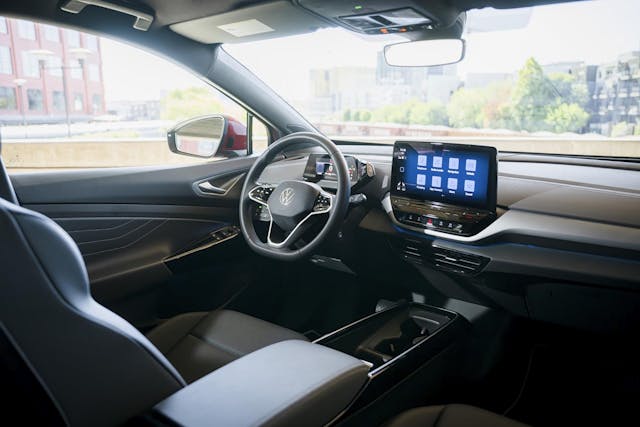
You can still control volume with buttons on the steering wheel, and climate control can also be actuated through a menu in the screen itself. But accidental inputs are alarmingly common here and can result in unnecessary frustration.
Top brass at VW have called the ID.4 “the most important model since the original air-cooled Beetle,” submitting it as Wolfsburg’s “EV for the masses.” Our bet is that the masses wouldn’t mind a few more physical switches and buttons. Maybe some adaptive dampers, if the masses are feeling greedy. (A VW spokesperson hinted that those might be in the works. Here’s to hoping.)

A spearhead product like this shoulders the heavy task of asking buyers to reimagine personal transport. VW of America’s adjustments for U.S.-built models suggest that the company is interested in meeting the expectations of customers on this side of the Atlantic. Judged on the merits of how it functions as a car, though, the ID.4 doesn’t often feel more practical, desirable, or functional than something like a VW Tiguan. An EV built in America is definitely a step in the right direction, but the ID.4 needs a few deeper changes if it wants to win over America.
2023 Volkswagen ID.4 AWD Pro S
Price: $52,590 / $52,590 (base / as-tested)
Highs: Quiet powertrain, stellar attention to NVH. Expert interior packaging. America-specific features are all for the better.
Lows: Unwelcome body motions when pushed. Various controls contribute to more ergonomic and UX problems than they solve.
Takeaway: The 2023 ID.4 is an improvement, but it could use a little more inspiration.
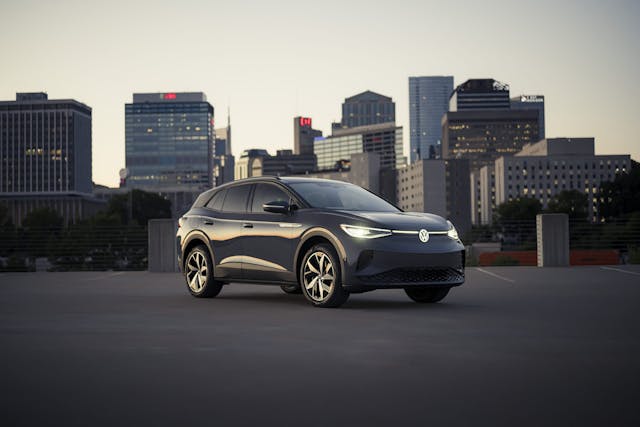

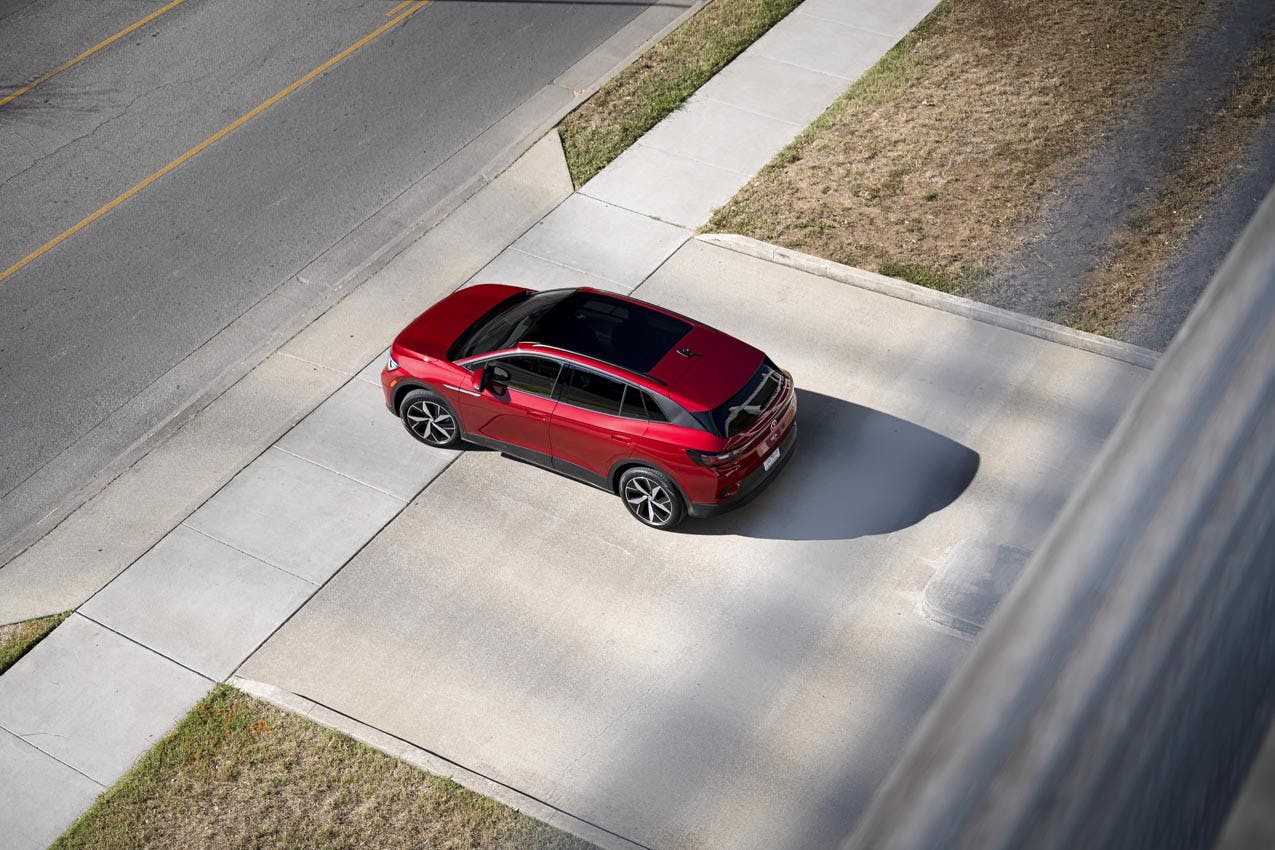
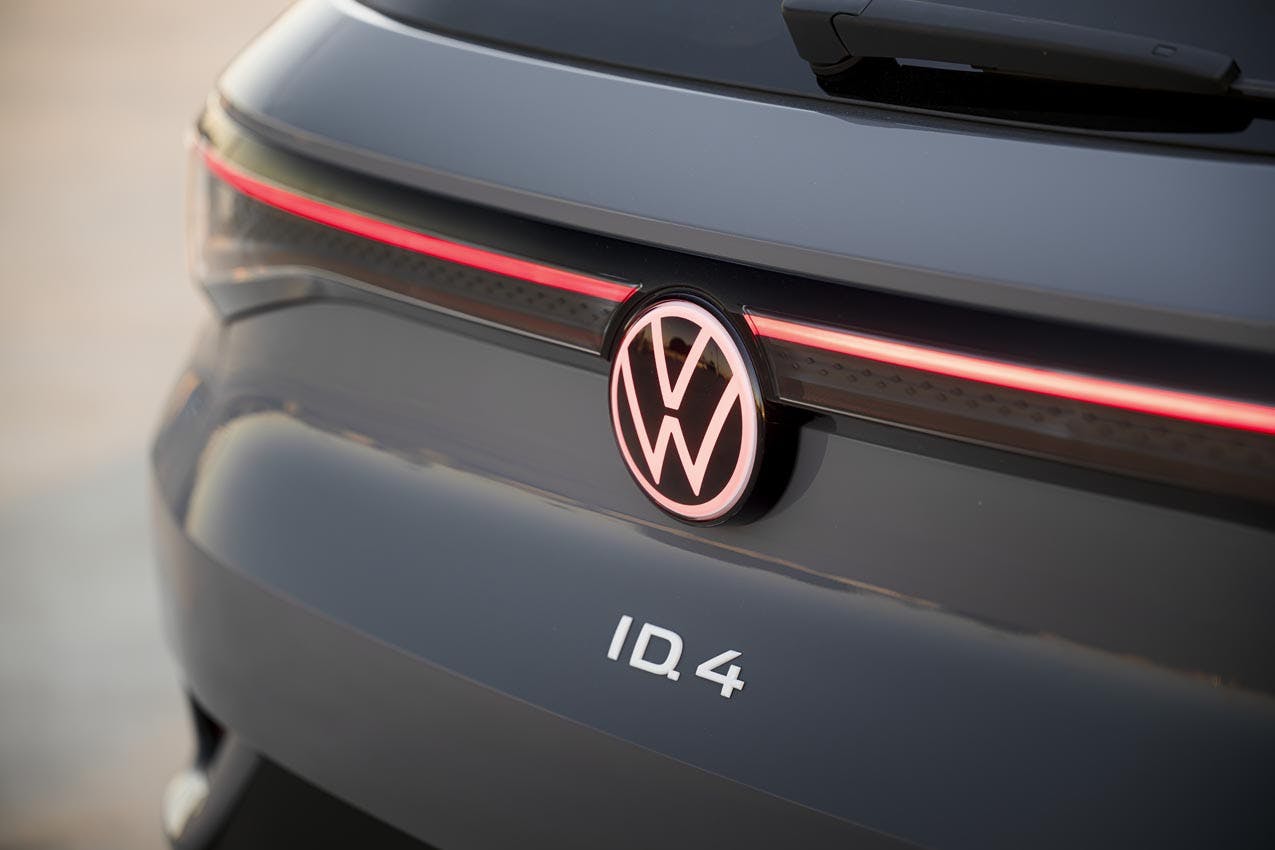
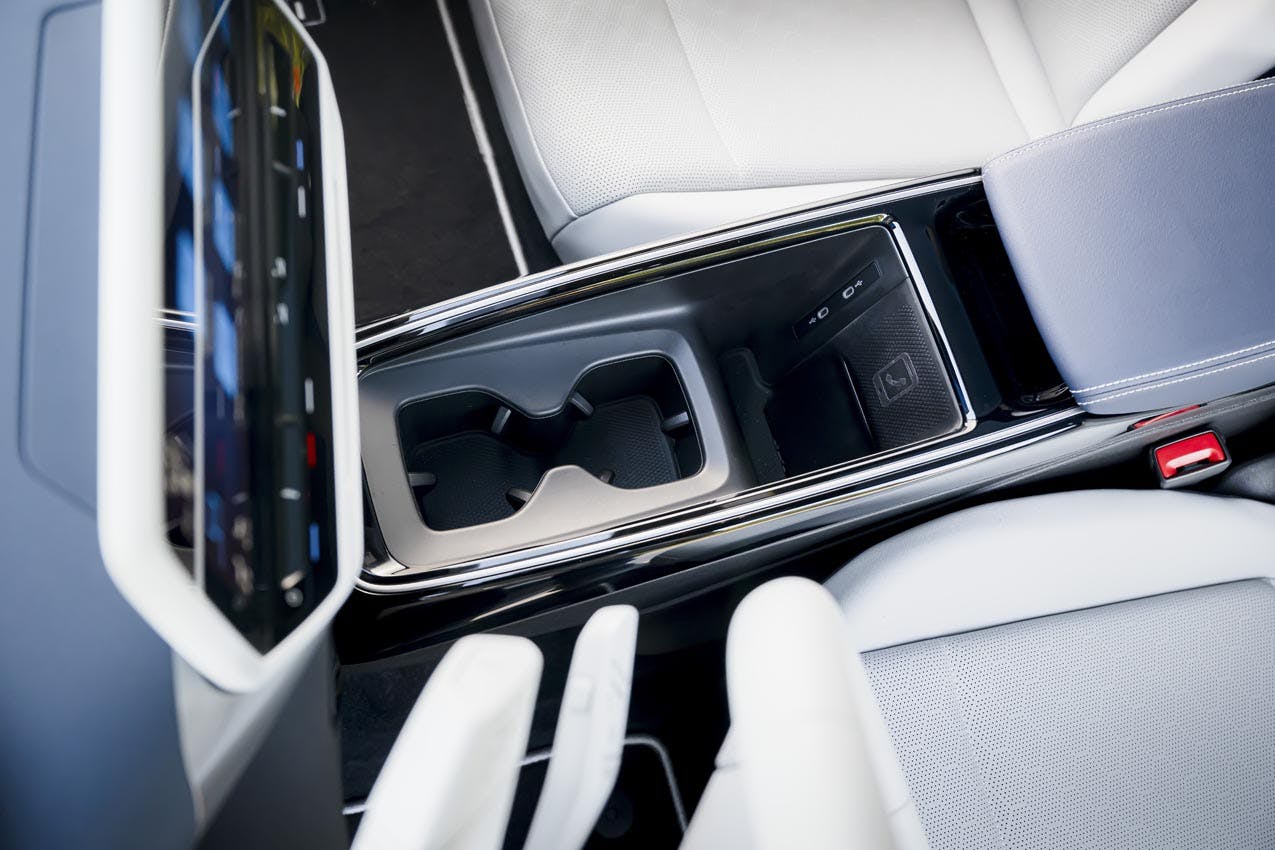
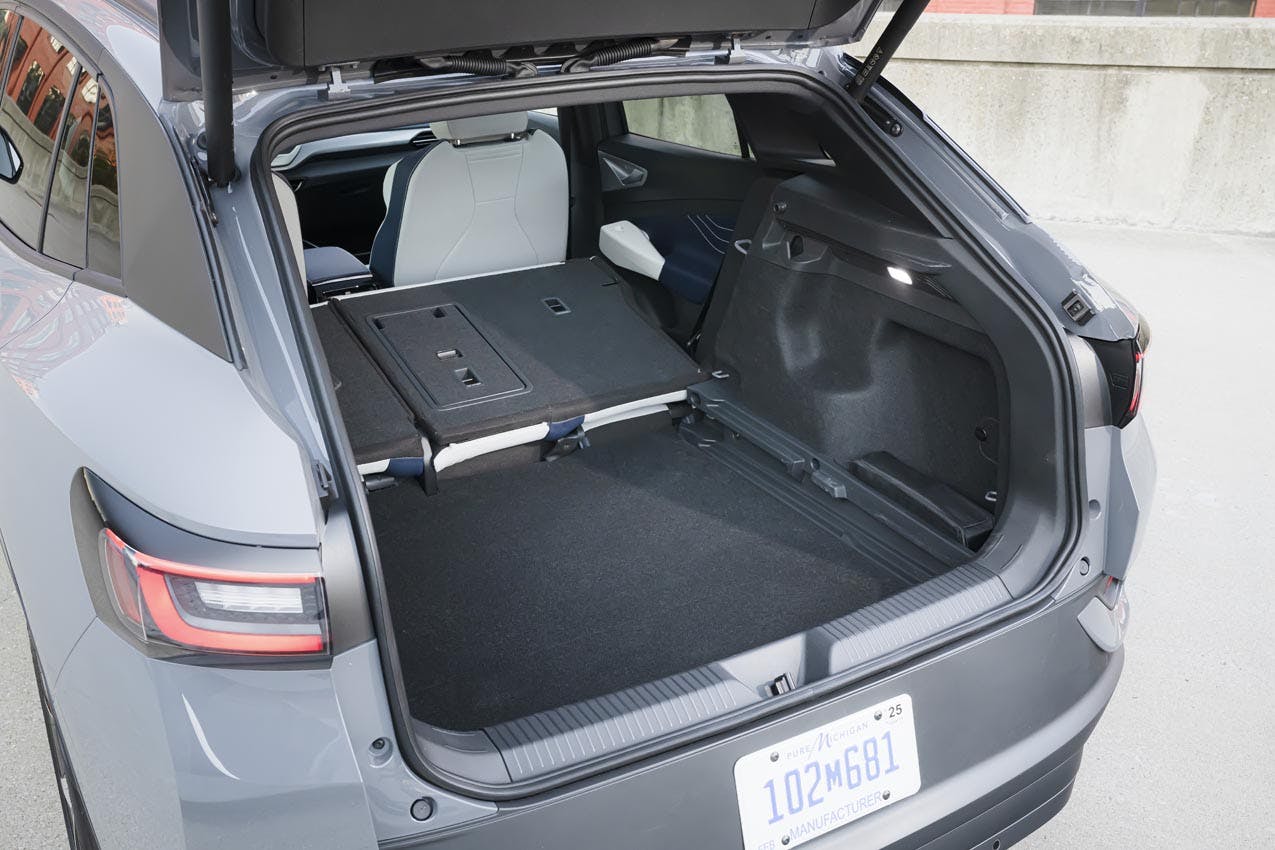

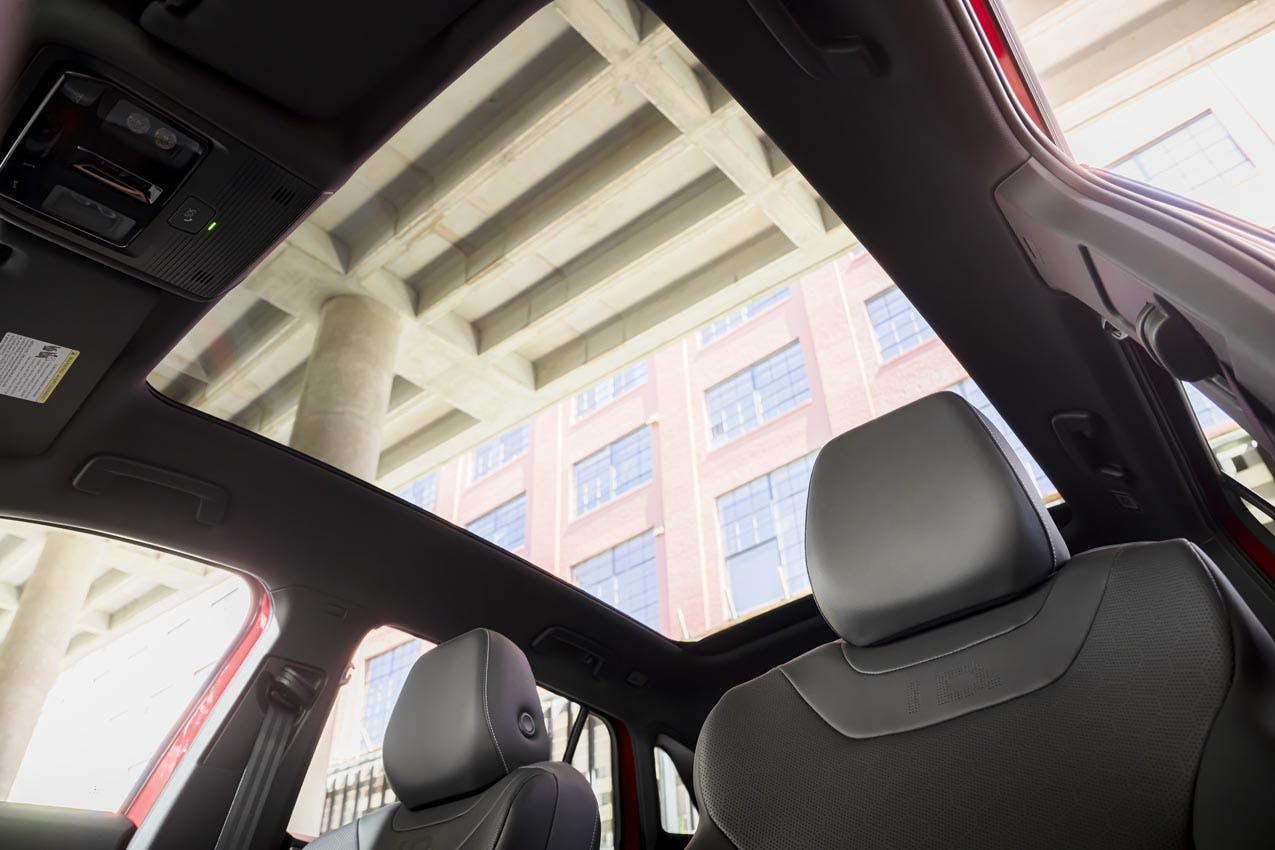
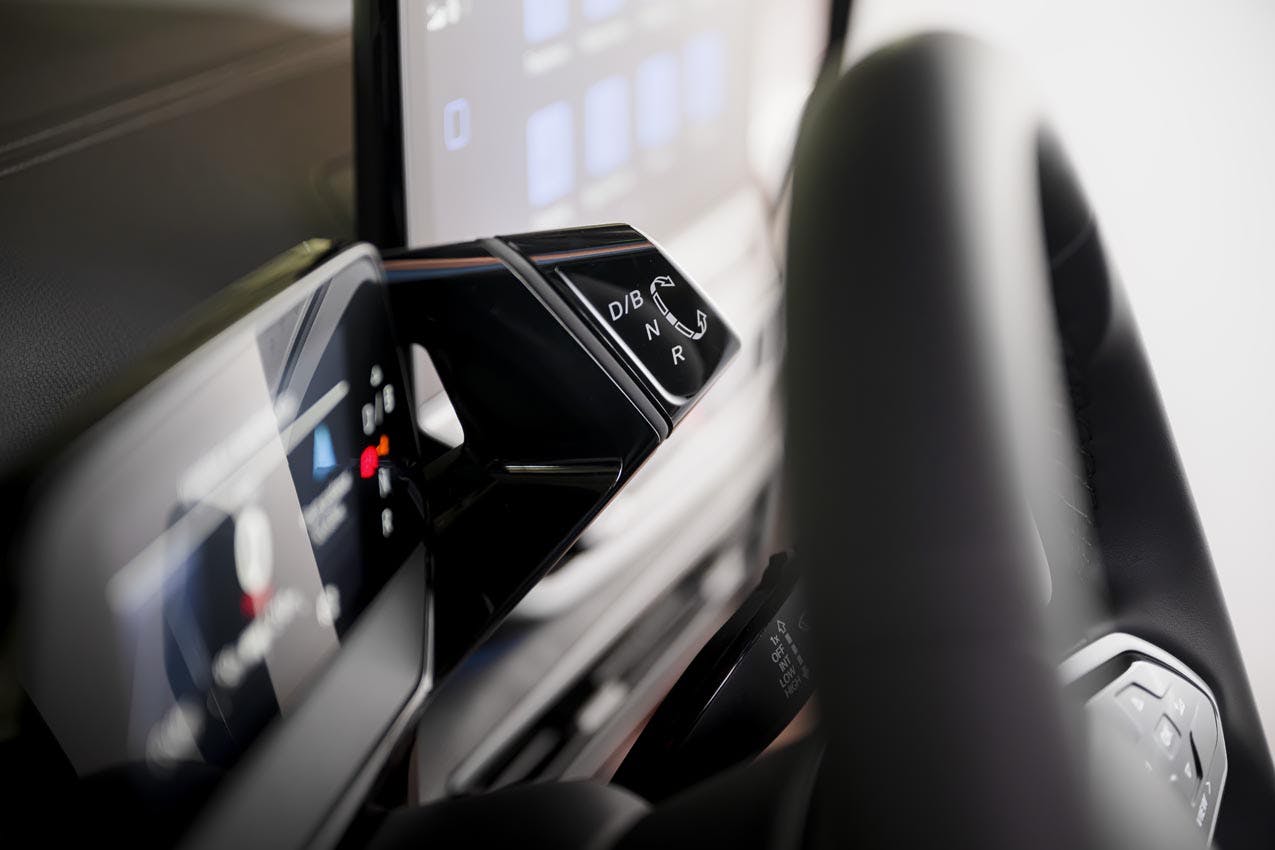


Hagerty Video’s Jason Cammisa (sp?) called the original version of this car a “shitheap” in a quick review on instagram. I find it hilarious that many of his complaints haven’t been updated.
Steering wheel buttons are all I use and I’m just not worried about the volume button. The car is excellent around town, tight in curves, and the regen braking is like a down shift. On the highway, the adaptive cruise is just a set and forget.
I have a 2022 AWD Pro S. It is my sixth electric car and the best one so far. It is great: quick, quiet, smooth , comfortable and blessed with effortless power.
I tire of all the nit picking reviews on this and indeed all new cars. I wish just once that one of these reviewers had to actually design a car, then submit it to his peers for review.